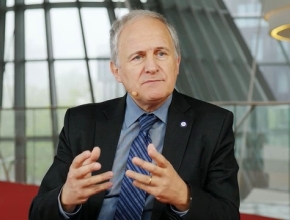Which pancreatic function tests should be performed to establish the diagnosis of chronic pancreatitis?
Miroslav Vujasinovic, MD, PhD: Fecal elastase-1 is probably the best at the moment. It is not ideal, it is far from ideal, but we had a lot of problems in the past with diagnosing pancreatic exocrine insufficiency and finally, approximately 20 years ago, we got first fecal chymotrypsin and after that fecal elastase. It is simple, it is not very expensive, and it is available in most of the European countries right now. It is excellent in severe pancreatic exocrine insufficiency. Unfortunately, sensitivity and specificity are not as good in mild to moderate disease.
Some of the centers in Europe are using breath tests. Unfortunately, they are not highly available and they are expensive. In our center, we are using also secretin-enhanced magnetic resonance cholangiopancreatography (MRCP) that can sometimes help a little bit to [diagnose] but it is a tool that is far from ideal for the pancreatic exocrine insufficiency diagnosis.
An excellent test is the collection of stool over 72 hours and measuring fat. Unfortunately, it is very cumbersome. Nobody likes it, neither patients nor laboratory staff, so there are just a few laboratories in Europe doing that.
In conclusion, fecal elastase-1 is definitely the best first step in the approach to a patient. If there is no possibility to do that, then I think serum nutritional panel, deficiencies in laboratory tests, together with clinical signs can be also helpful in diagnosis.
 English
English
 Español
Español
 українська
українська











